How Do We Meditate, Part 2
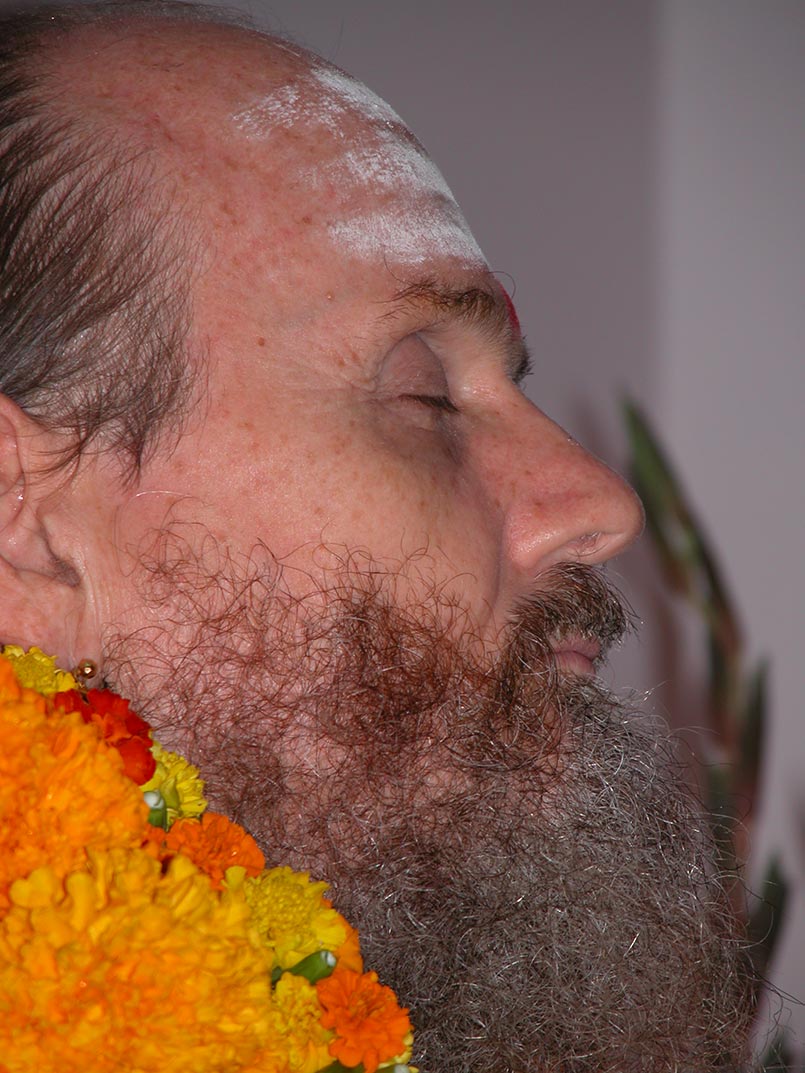
Bodhinatha’s Latest Upadeshas
Path to Siva Commentaries
“Adjust yourself to the realization that you are a divine being, a self-effulgent, radiant being of light.”
Jyoti is the Sanskrit word for inner light. To bestow on devotees terms that were more specific, Gurudeva developed the Shum Language of Meditation. In Shum the word for the light that lights up the mind is balikana. During Shum meditation there is an indrawing of forces to realize balikana, a moon-like glow, leading to iftye a deeper kind of inner light which, in turn, leads to milinaka, a sustained iftye which doesn’t go away and can be sustained after we’ve finished our meditation.
Path to Siva, Lesson 47
Twelve Shum Meditations
Click here to go to an index of all of Bodhinatha’s and Gurudeva’s online audio.
How Do We Meditate, Part 1
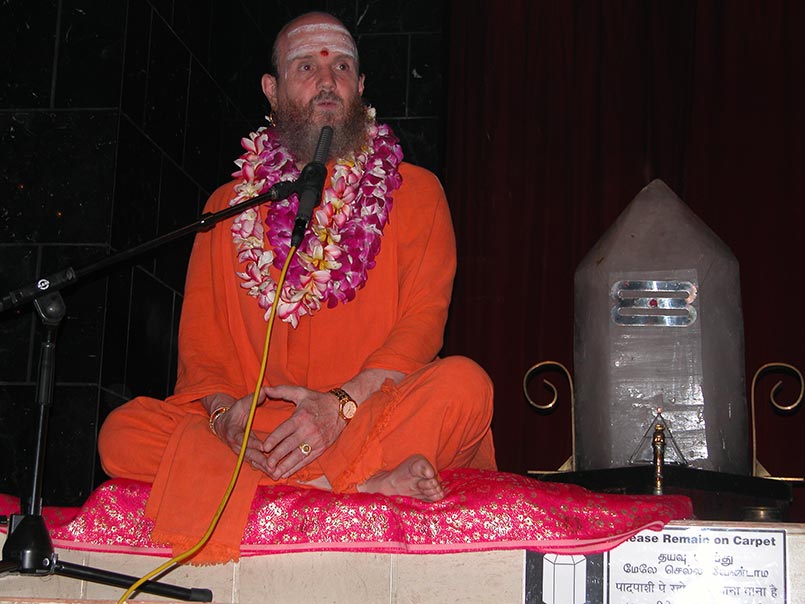
Bodhinatha’s Latest Upadeshas
Path to Siva Commentaries
“Meditation is a long journey, a pilgrimage into the mind itself.” In Gurudeva’s approach we start meditation with the physical body then get more and more subtle, withdrawing energy into the spine then not utilizing mental activity. Everything we meditate on is actual experience, not something the mind has created. We experience something that’s always there, awareness aware of itself. Gurudeva’s mystical Natha Language of Shum. Awareness is the witness consciousness of the soul, ‘niif.’ In the nature of our form of meditation there is a continuity (nalif) from one day to the next.
Path to Siva, Lesson 47.
Click here to go to an index of all of Bodhinatha’s and Gurudeva’s online audio.
Path to Siva Commentary, What Is Meditation?
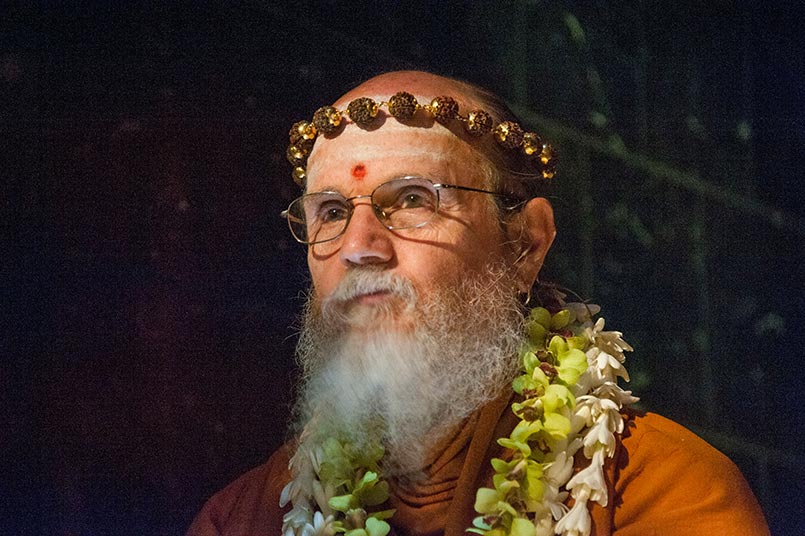
Bodhinatha’s Latest Upadeshas
What Is Meditation? Path to Siva Commentary, Lesson 46
Meditation is the study of awareness, of yourself and of the universe, experiencing the soul. The purpose of meditation is to separate awareness from what it is aware of, to separate awareness from consciousness. You will be able to live in the eternal now. Utilize the shumif perspective and acquire the tools to flow awareness from one state of consciousness to another.
Path to Siva, Lesson 46
Master Course Trilogy, Merging with Siva, Lesson 34.
Shumif Perspective: “One of four perspectives, the meditative viewpoint of being awareness flowing from one area of the inner mind to another, the mind itself being stationary. In Saiva Siddhanta, it includes the deeper meditative practices. It is an advaitic or monistic viewpoint.”
Click here to go to an index of all of Bodhinatha’s and Gurudeva’s online audio.
Path to Siva Commentary, What Is Japa?
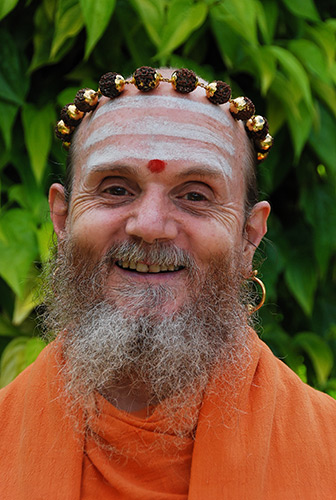
Bodhinatha’s Latest Upadeshas
What Is Japa? Path to Siva Commentary, Lesson 45
Japa links Siddhanta with Vedanta, being a monist and a theist at the same time. Quieting the mind, Aum Saravanabhava. Repetition of the Panchakshara Mantra, Aum Namah Sivaya “…connects you with millions of Siva’s devotees.” Distinguish between intellectual learning and actual experience or realization. Two syllable mantra-Si Va. What is the difference between reality as himself and himself as reality?
Master Course Trilogy, Merging with Siva, Lesson 155.
Master Course Trilogy, Living with Siva, Lesson 109. C.R. Self and Samadhi,
Chapter 3: Merging into the Self God.
Click here to go to an index of all of Bodhinatha’s and Gurudeva’s online audio.
Path to Siva: What Is Yoga?
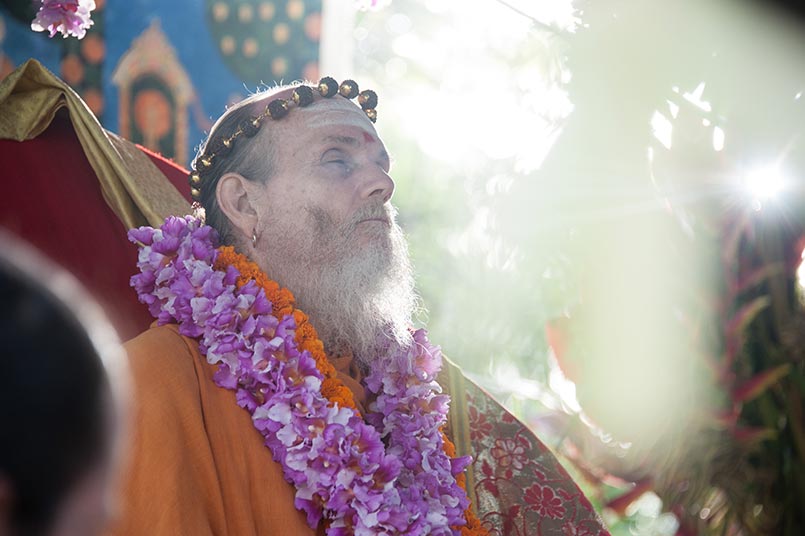
Bodhinatha’s Latest Upadeshas
What is Yoga, Path to Siva Commentary, Lesson 44
Gurudeva stresses the importance of cultivating devotion to Siva incorporating the yamas and the niyamas, performing atmartha puja. Through meditation and devotion, step outside of ahamkara (ego). Sit without moving and breathe. You are awareness. You have the power to move into that state of consciousness where peace and bliss always exist.
Path to Siva, Lesson 44.
Patanjali’s Yoga Sutras.
Yoga’s Forgotten Foundation.
Click here to go to an index of all of Bodhinatha’s and Gurudeva’s online audio.
Bodhinatha's Latest Talks
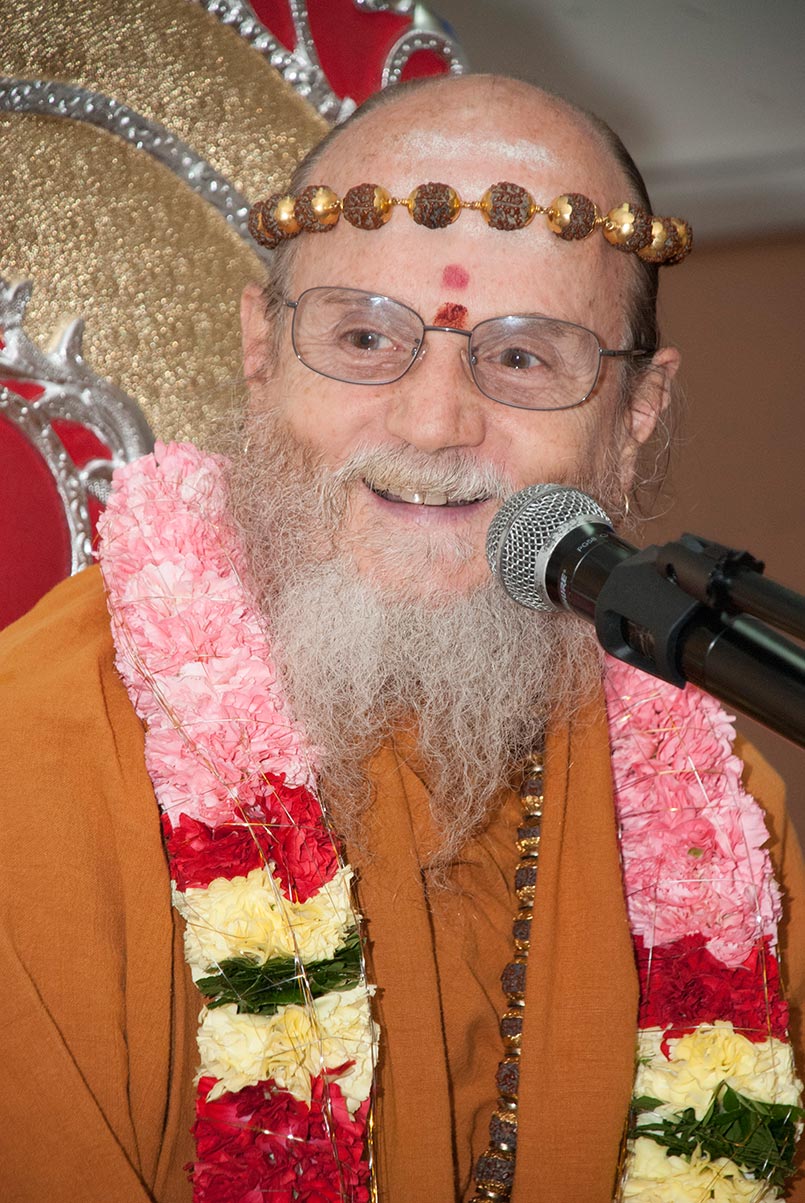
What Is Sadhana?
“Sadhana is practiced…wherever a pure, serene atmosphere can be found.” Achieve steadiness, control of emotions through abhyasa-regular consistent practice with devotion, yoga-the restraint of mental activities and vairaghya-dispassion. Like the growth of a kauri tree, it’s a slow process; check it every few years, see the progress.
Path to Siva, Lesson 43
Nartana Ritau – A Season For Planning
Bodhinatha describes Nartana Ritau, one of three seasons as created by Gurudeva. Each season corresponds to a book of the Master Course Trilogy. Nartana Ritau-Dancing with Siva-philosophy, begins on the Tamil New Year and is a time for planning.
What Is Sadhana?
Nartana Ritau – A Season For Planning
How Do We Use Affirmations?
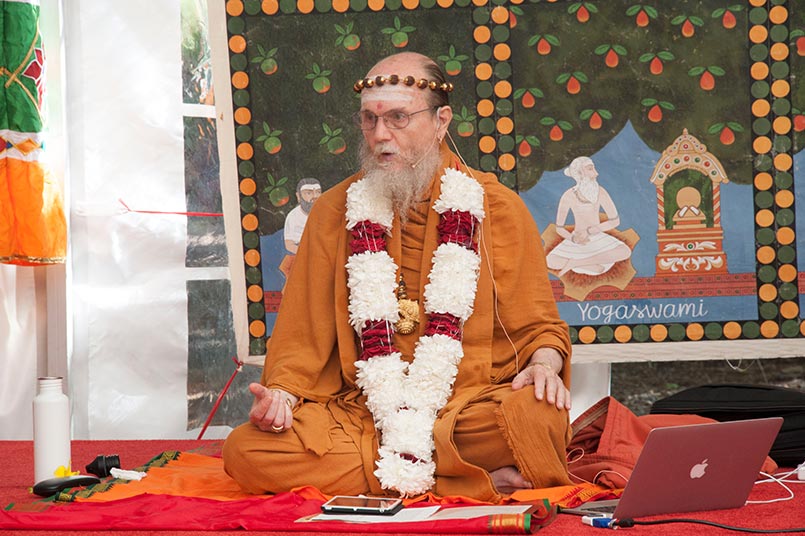 What Is Our Code of Conduct – Niyama.
What Is Our Code of Conduct – Niyama.
Having a positive concept allows us to identify with our inner, spiritual nature so that we truly feel we are a divine being on a perfect path, identifying with the soul. Three keys in terms of affirmation: concentrate on meaning, visualization and feeling. Beholding, remolding the subconscious through Vasana Daha Tantra. The goal is to sit in meditation with a mind that has no thoughts without effort.
Path to Siva, Lesson 42
Click here to go to an index of all of Bodhinatha’s and Gurudeva’s online audio.
What Are Our Five Core Practices?
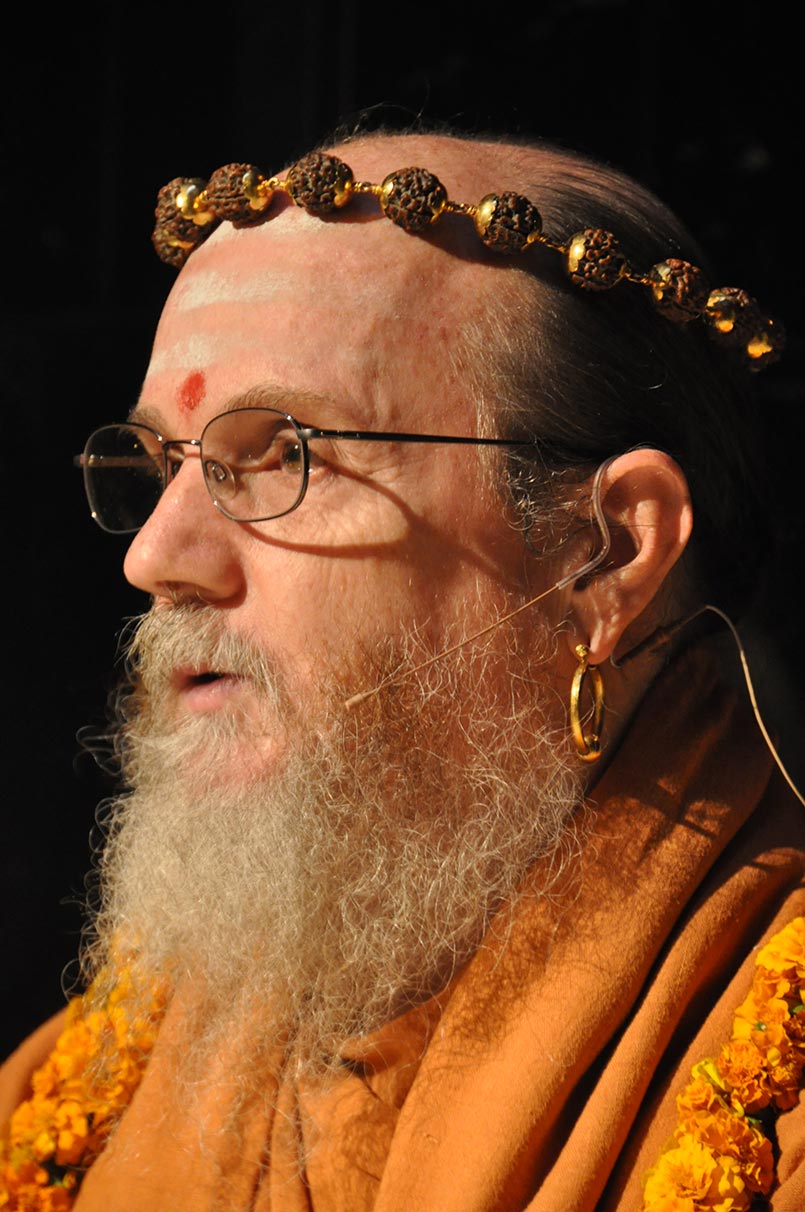
Bodhinatha’s Latest Upadeshas – Commentaries on Path to Siva
What Are Our Five Core Practices?
The pancha nitya karmas are spiritual practices for all Hindus: worship, holy days, pilgrimage, dharma and rites of passage. Three forms of worship: the temple, home shrine and on pilgrimage. Daily spiritual practice. Mitigating karma by worship. On pilgrimage, in powerful temples with maximum effort in worship and one pointed attention, karmas accumulating for many past lives can be eliminated.
Path to Siva, Lesson 41.
Click here to go to an index of all of Bodhinatha’s and Gurudeva’s online audio.
What Is Our Core of Conduct – Niyamas
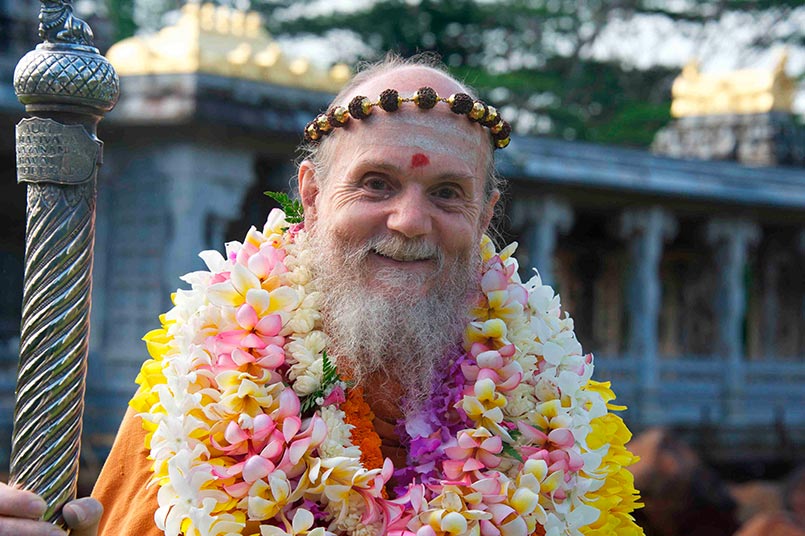
Bodhinatha’s Latest Upadeshas – Commentaries on Path to Siva
What Is Our Code of Conduct – Niyama.
In Patanjali’s comments on the niyamas he speaks on religious action, kriya, bringing about samadhi and attenuating the kleshas. We think we have to be detached from that which we are attracted to but we also need to overcome aversion. It’s easier to be finite, to have a past and a future than to be infinite, without past and future, so, we’re clinging to life. The kleshas are the root source of karma. Quiet mental activity produced by the kleshas through meditation and achieve santosha, peace of mind. “Men of discrimination see sorrow in all experience.”
Path to Siva, Lesson 40, Niyamas.
Click here to go to an index of all of Bodhinatha’s and Gurudeva’s online audio.
From Our Gurus' Teachings
Archives are now available through 2001. Light colored days have no posts. 1998-2001 coming later.
